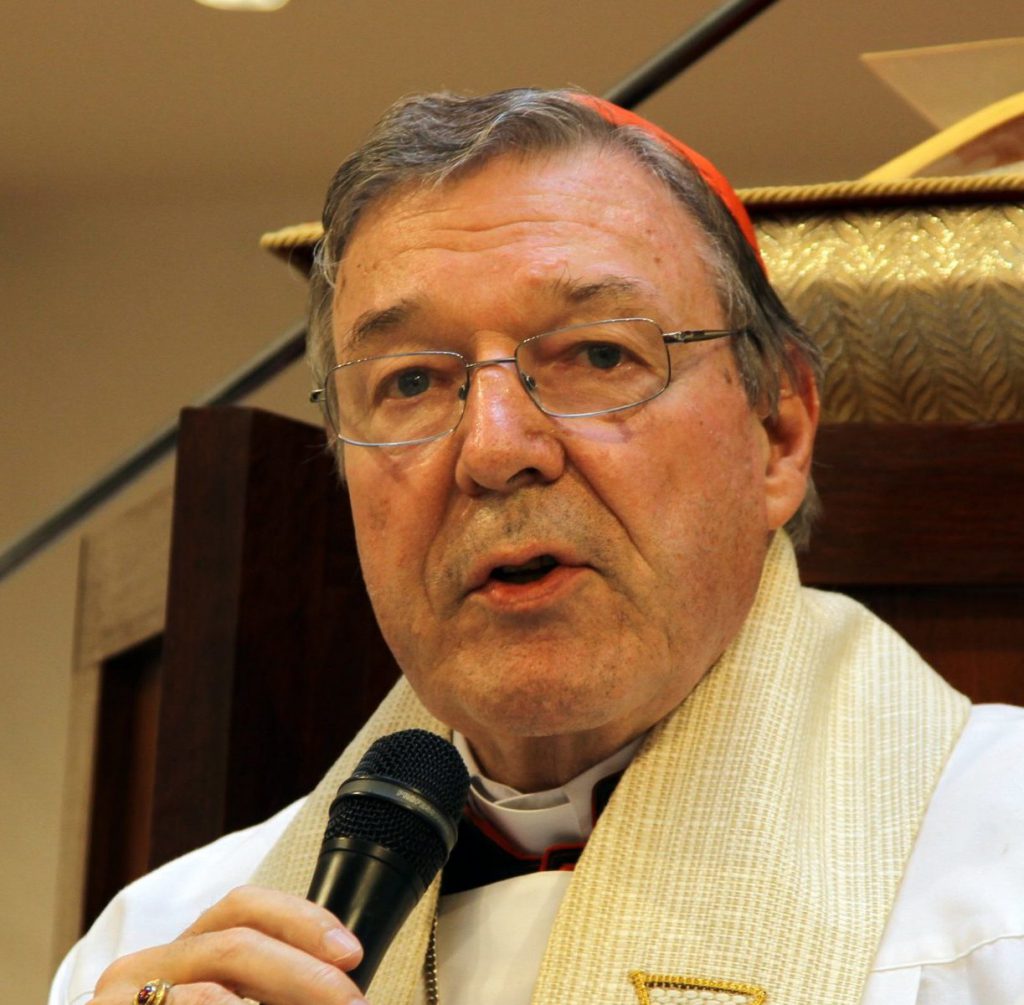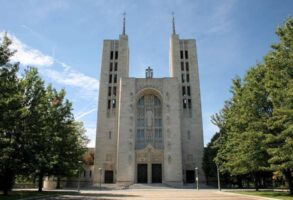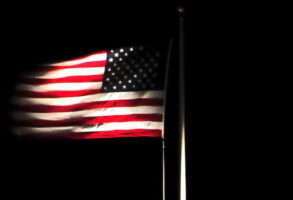
Published February 26, 2019
With the lifting of the trial judge’s order banning coverage of the conviction of Cardinal George Pell this past December on charges of “historical sexual abuse,” the facts can finally be laid out for those willing to consider them. (Disclosure: Cardinal Pell and I are longtime friends.)
Victoria police commenced an investigation one year before any complaints had been filed. During that investigation, the police took out newspaper ads seeking information about any untoward behavior with minors at the St. Patrick’s Cathedral in Melbourne —without any hint of such misbehavior having been received by the authorities.
Once charges had been laid and Cardinal Pell had returned to Australia from his post at the Vatican, a committal hearing (to determine whether the charges were capable of being tried) was held. The committal-hearing judge threw out several charges but allowed others to go forward — even though she observed that she would not vote to convict on several charges, she thought they should be tried anyway.
In Cardinal Pell’s first trial, held under the media-suppression order, the defense dismantled the prosecution’s case while shedding light on the inadequacy of the police investigative process; that trial resulted in a hung jury, which voted 10–2 for acquittal. The foreman and several other members of the jury were in tears when the verdict was read.
During the retrial, the defense demonstrated that, in order to sustain the charge that Pell had accosted and sexually abused two choirboys after Mass one Sunday, ten improbable things would have had to have happened and all within ten minutes:
• Archbishop Pell abandoned his decades-long practice of greeting congregants outside the cathedral after Mass.
• Pell, who was typically accompanied by a master of ceremonies or sacristan when he was vested for Mass, entered the carefully controlled space of the vesting sacristy alone.
• The master of ceremonies, charged with helping the archbishop disrobe while removing his own liturgical vestments, had disappeared.
• The sacristan, charged with the care of the locked sacristy, had also disappeared.
• The sacristan did not go back and forth between the sacristy and the cathedral sanctuary, removing missals and Mass vessels, as was his responsibility and consistent practice.
• The altar servers, like the sacristan, simply disappeared, rather than helping the sacristan clear the sanctuary by bringing liturgical vessels and books back to the sacristy.
• The priests who concelebrated the Mass with Pell were not in the sacristy disrobing after the ceremony.
• At least 40 people did not notice that two choirboys left the post-Mass procession.
• Two choirboys entered the sacristy, started gulping altar wine, and were accosted and abused by Archbishop Pell — while the sacristy door was open and the archbishop was in full liturgical vestments.
• The abused choirboys then entered the choir room, through two locked doors, without anyone noticing, and participated in a post-Mass rehearsal; no one asked why they had been missing for ten minutes.
Before the trial, one of the complainants died, having told his mother that he had never been assaulted. During the trial, there was no corroboration of the surviving complainant’s charges. Other choirboys (now, of course, grown), as well as the choir director and his assistant, the adult members of the choir, the master of ceremonies, and the sacristan all testified, and from their testimony we learn the following: that no one recalled any choirboys bolting from the procession after Mass; that none of those in the immediate vicinity of the alleged abuse noticed anything; that indeed nothing could have happened in a secured space without someone noticing; and that there was neither gossip nor rumor about any such dramatic and vile incident afterward.
Notwithstanding this evidence of Cardinal Pell’s innocence (an innocence affirmed by ten of the twelve members of the first trial jury), the second trial jury returned a verdict of 12–0 for conviction. Observers at the trial told me that the trial judge seemed surprised on hearing the verdict. The verdict and the finding of the first, hung jury suggest that, in the media circus surrounding Pell, a fair jury trial was virtually impossible. That point was recently conceded by the attorney general of the State of Victoria, who suggested that the law might be amended to permit bench trials by a judge alone in such cases — an option not afforded George Pell. (Shortly before the media-suppression order was lifted on February 25, the Victoria prosecutors dropped two more charges against Cardinal Pell, of even greater dubiety and dating back some four decades.)
Cardinal Pell’s lawyers will of course appeal. The appeal will be heard by a panel of senior judges, who can decide that what is called in Australia an “unsafe verdict” — one that the jury could not rationally have reached on the basis of the evidence — was rendered and that therefore Pell’s conviction is null and void. For Cardinal Pell’s sake, and for the reputation of the justice system in the state of Victoria, one must hope that the appellate judges will do the right thing.
— George Weigel is the distinguished senior fellow of the Ethics and Public Policy Center, where he holds the William E. Simon Chair in Catholic Studies.











